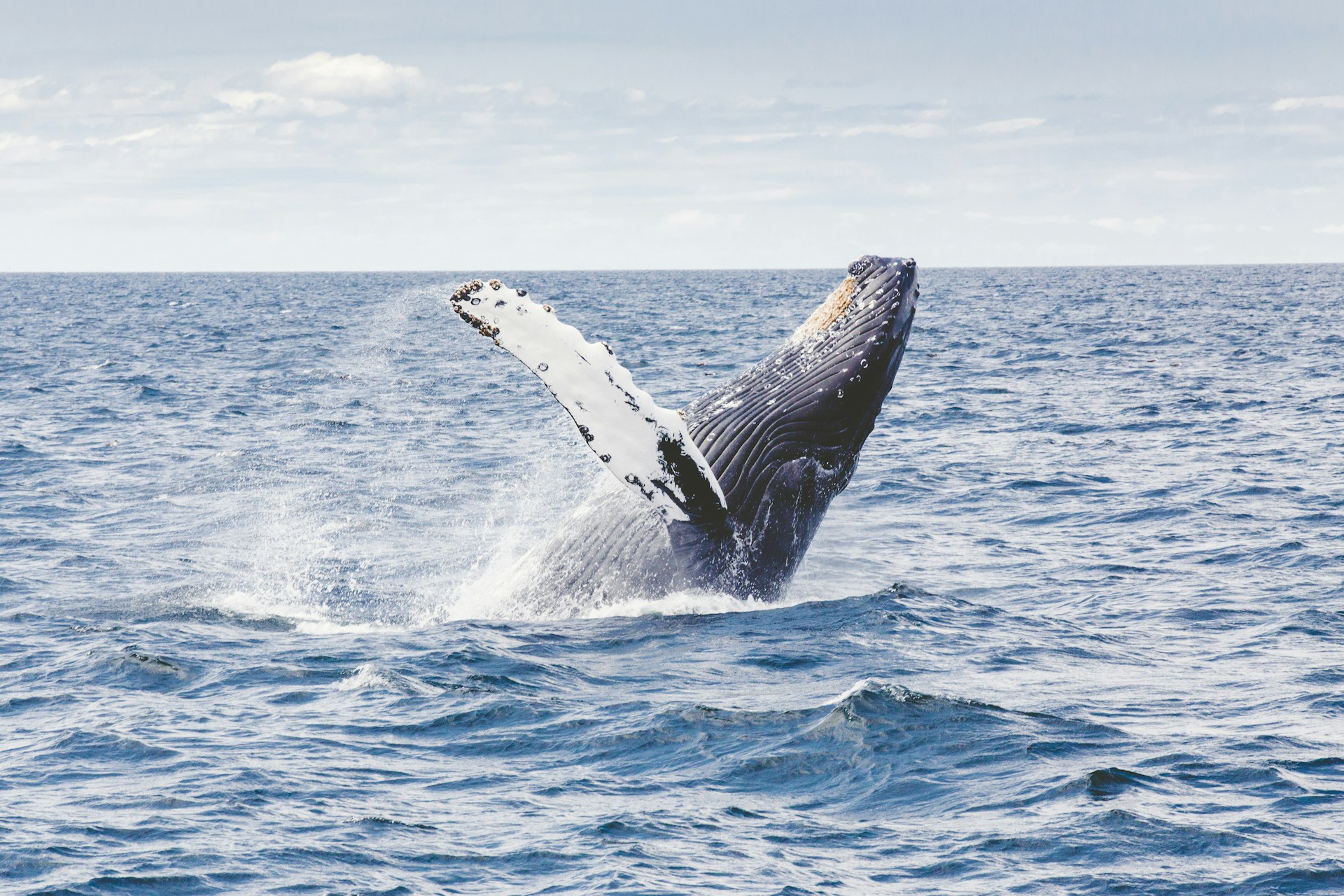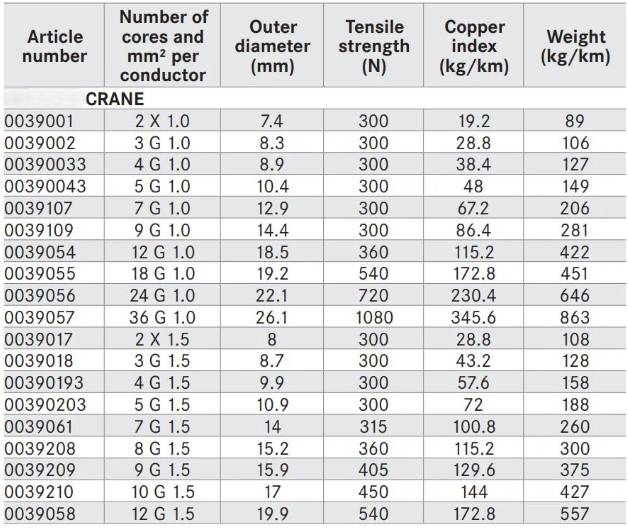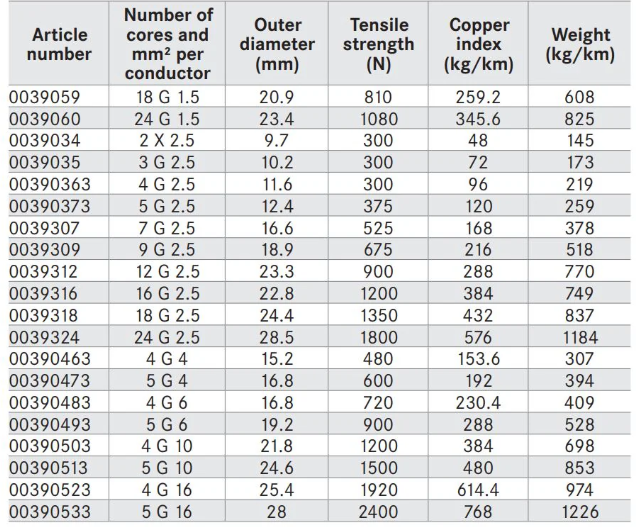📞+86 153 7530 2641 📧 hongjing.Wang@feichuncables.com

VDE 0250 Crane Rubber Cable: Oil-Resistant, UV-Resistant, Flame-Retardant, Highly Flexible Weather-Proof Rubber Cables with Support Element for Outdoor Hoisting & Conveying Equipment
Discover the VDE 0250 Crane Rubber Cable—oil, UV & mechanical resistant, flame-retardant, and highly flexible weather-proof rubber cables with integrated support element. Ideal for outdoor hoisting, conveying, and construction machinery.
hongjing.Wang@Feichun
8/13/20259 min read




Introduction
Overview of VDE 0250 Crane Rubber Cable
In the demanding world of industrial machinery and outdoor construction equipment, reliable electrical connections form the backbone of operational efficiency. The VDE 0250 Crane Rubber Cable represents a pinnacle of engineering excellence, designed specifically to withstand the harshest environmental conditions while maintaining optimal electrical performance. These specialized cables combine advanced rubber technology with integrated support elements to deliver uncompromising reliability in applications where failure is not an option.
The VDE 0250 certification ensures these cables meet stringent German and European safety standards, making them suitable for critical applications in construction, maritime, and industrial sectors. Unlike conventional cables that may deteriorate under extreme weather conditions, these crane rubber cables are engineered to excel in environments characterized by temperature fluctuations, moisture exposure, chemical contamination, and mechanical stress.
Importance of Cable Durability in Outdoor and Industrial Environments
Industrial environments present unique challenges that can quickly compromise standard electrical cables. Outdoor hoisting and conveying equipment operates under conditions that include prolonged UV exposure, temperature extremes ranging from arctic cold to desert heat, chemical exposure from industrial processes, and constant mechanical stress from dynamic loading and movement.
The economic implications of cable failure in these environments extend far beyond replacement costs. Unexpected downtime can halt entire construction projects, compromise safety protocols, and result in substantial financial losses. Maritime applications face additional challenges, including saltwater corrosion and submersion conditions that can persist for extended periods. The VDE 0250 Crane Rubber Cable addresses these concerns by providing a comprehensive solution that maintains performance integrity across diverse operating conditions.
Product Features
Oil, UV, and Mechanical Resistance
The exceptional resistance properties of VDE 0250 Crane Rubber Cables stem from advanced polymer formulations specifically designed for industrial applications. The oil resistance feature ensures these cables maintain their structural integrity even when exposed to hydraulic fluids, lubricants, and petroleum-based substances commonly found in construction and industrial machinery.
UV resistance is achieved through specialized compound additives that prevent polymer degradation under prolonged solar exposure. This feature is particularly crucial for outdoor applications where cables may experience direct sunlight for months or years without shelter. The UV-stabilized rubber compound prevents cracking, hardening, and electrical insulation breakdown that typically occurs with standard cables.
Mechanical resistance encompasses multiple factors including abrasion resistance, impact tolerance, and flexibility retention under stress. The cable construction incorporates reinforcement elements that distribute mechanical loads evenly, preventing localized stress concentrations that could lead to premature failure. This mechanical robustness enables the cables to withstand the dynamic loading conditions typical in crane operations and conveying systems.
Flame-Retardant Properties per IEC 60332-1-2
Fire safety in industrial environments requires cables that not only resist ignition but also prevent flame propagation. The VDE 0250 Crane Rubber Cable meets the stringent requirements of IEC 60332-1-2, which governs flame-retardant properties for individual cables. This certification ensures the cable will not sustain combustion when exposed to a controlled flame source, significantly reducing fire risk in industrial installations.
The flame-retardant properties are inherent to the rubber compound rather than applied as surface treatments, ensuring consistent performance throughout the cable's service life. This characteristic is particularly important in applications involving welding operations, high-temperature processes, or environments where ignition sources may be present.
Highly Flexible, Weather-Proof Rubber Construction
Flexibility remains a critical requirement for cables used in dynamic applications such as crane operations and conveying systems. The VDE 0250 Crane Rubber Cable achieves exceptional flexibility through extra-fine wire conductor design that maintains electrical continuity even under repeated bending cycles. This construction technique ensures reliable performance in applications requiring continuous cable movement.
The weather-proof characteristics extend beyond simple water resistance to include protection against humidity, condensation, and temperature cycling effects. The rubber compound maintains its properties across a wide temperature range, preventing brittleness in cold conditions and softening in high-temperature environments. This consistency ensures reliable performance regardless of seasonal variations or climate conditions.
Integrated Support Element and Tensile Strength Limits
One of the distinguishing features of these crane cables is the integrated support element that provides mechanical load-bearing capability independent of the electrical conductors. This design prevents electrical conductors from experiencing tensile stress, which could lead to conductor breakage or electrical performance degradation.
The support element is engineered to specific tensile strength limits corresponding to different cable configurations. For example, cables with larger conductor cross-sections typically incorporate support elements with higher tensile strength ratings to accommodate the increased mechanical loads associated with heavier cable constructions. This systematic approach ensures optimal performance across the entire product range while preventing overloading conditions that could compromise safety or reliability.


Technical Specifications
Number of Cores and Conductor Cross-Section
The VDE 0250 Crane Rubber Cable is available in various configurations to accommodate diverse application requirements. The product range includes options from 2-core to 24-core configurations, with conductor cross-sections ranging from 1.5mm² to 16mm². This extensive range ensures compatibility with different power requirements and control system specifications.
The conductor arrangement follows standard color coding conventions to facilitate installation and maintenance procedures. Multi-core cables incorporate appropriate insulation systems to prevent cross-talk between conductors while maintaining compact overall dimensions. The conductor design utilizes high-purity copper to ensure optimal electrical performance and corrosion resistance.
Outer Diameter, Weight, and Copper Index
Outer diameter specifications range from 9.7mm for the smallest 2-core 2.5mm² configuration to 28.5mm for the largest 24-core 2.5mm² variant. These dimensions are optimized to balance mechanical protection with installation flexibility, ensuring the cables can be routed through tight spaces while providing adequate protection for internal components.
Weight considerations are particularly important for crane applications where cable weight affects lifting capacity and dynamic loading characteristics. The cable weights range from 145 kg/km for smaller configurations to 1,226 kg/km for the heaviest variants. The copper index provides a standardized measure of conductor content, facilitating accurate cost calculations and material tracking.
Tensile Strength of Support Element (Maximum Loads)
The integrated support element tensile strength varies according to cable configuration and intended application requirements. Tensile strength ratings range from 300N for smaller cables to 2,400N for the heaviest-duty variants. These ratings are established through rigorous testing procedures that simulate actual operating conditions.
The support element design incorporates appropriate safety factors to ensure reliable performance under dynamic loading conditions. The maximum load ratings consider factors such as shock loading, vibration effects, and long-term creep behavior to provide conservative operating parameters that ensure safe operation throughout the cable's service life.
Standard Lengths and Packaging Options
Standard packaging options are designed to accommodate various installation requirements while minimizing handling difficulties. Cables are typically supplied on coils for lengths up to 30 kg or 250 meters, with longer lengths provided on drums for easier handling and installation.
Custom length requirements can be accommodated through special orders, allowing for optimized installation procedures that minimize splice requirements and associated reliability concerns. Packaging specifications consider transportation limitations and installation equipment capabilities to ensure practical handling procedures.




Applications
Machinery and Equipment Permanently Exposed to the Weather
Outdoor industrial equipment operates under continuous exposure to environmental conditions that challenge conventional cable systems. The VDE 0250 Crane Rubber Cable excels in these applications by providing consistent performance despite prolonged exposure to UV radiation, temperature cycling, moisture, and atmospheric contaminants.
Mining equipment, outdoor processing facilities, and agricultural machinery represent typical applications where weather resistance is paramount. The cable's ability to maintain flexibility and electrical performance across extreme temperature ranges ensures reliable operation from arctic conditions to desert environments. The integrated support element prevents mechanical loading of conductors, which is particularly important in applications involving equipment vibration and movement.
Conveying and Hoisting Equipment (Cranes, Cable Trolleys)
Crane operations represent one of the most demanding applications for electrical cables due to the combination of mechanical stress, environmental exposure, and safety-critical electrical functions. The VDE 0250 Crane Rubber Cable is specifically engineered for these applications, incorporating features that address the unique challenges of crane operations.
Cable trolley systems benefit from the cable's flexibility and integrated support element, which prevents conductor fatigue during repeated movement cycles. The weather-proof construction ensures reliable performance in outdoor installations where cables may be exposed to precipitation, temperature extremes, and atmospheric contaminants. The flame-retardant properties provide additional safety margins in applications where welding or hot work operations may occur near cable installations.
Construction and Shipyard Machinery
Construction environments present unique challenges including exposure to concrete dust, chemical contamination from construction materials, and mechanical abuse from construction activities. The VDE 0250 Crane Rubber Cable's robust construction and chemical resistance properties make it ideal for these demanding applications.
Shipyard applications introduce additional challenges including saltwater exposure and potential submersion conditions. The cable's ability to withstand submersion for up to two weeks in industrial or seawater environments makes it particularly valuable for marine construction and shipyard applications. The corrosion-resistant conductor materials and rubber compound ensure reliable performance even under these extreme conditions.


Installation Guidelines and Safety Considerations
Not Suitable for Guide Pulleys or Drums Under Tensile Load
While the VDE 0250 Crane Rubber Cable incorporates an integrated support element, it is important to understand the limitations of this design approach. The cables are not suitable for applications involving guide pulleys or drums where the cable experiences tensile loading during operation. Such applications require specialized cable designs with different support element configurations.
The integrated support element is designed to handle static tensile loads and limited dynamic loading conditions typical in pendant cable applications. Applications requiring continuous flexing under tension, such as drum-wound systems, may cause premature failure of the support element or conductor assemblies. Proper application engineering should consider these limitations during system design phases.
Proper Handling of Support Element
Installation procedures must account for the presence of the integrated support element to ensure optimal performance and safety. The support element should be properly terminated using appropriate hardware designed for the specific tensile loads encountered in the application. Improper termination can lead to load transfer to the electrical conductors, potentially causing premature failure.
During installation, care must be taken to avoid damaging the support element through improper handling or excessive bending. The minimum bend radius specifications should be strictly observed to prevent internal damage that could compromise the support element's load-bearing capability. Installation teams should receive appropriate training on proper handling procedures for cables with integrated support elements.
Flame-Retardant Installation Practices
Although the VDE 0250 Crane Rubber Cable incorporates inherent flame-retardant properties, proper installation practices remain essential for optimal fire safety performance. Cable routing should consider potential ignition sources and provide appropriate separation distances where practical.
Installation in cable trays or conduit systems should follow established fire safety guidelines, including appropriate cable spacing and ventilation considerations. The flame-retardant properties of the cable are designed to prevent flame propagation, but proper system design remains essential for comprehensive fire safety protection.


Common Questions and Troubleshooting
What causes premature cable failure in crane applications?
The most common causes of premature failure include improper installation practices, exceeding the tensile strength limits of the support element, inadequate bend radius during installation or operation, and chemical exposure beyond the cable's resistance specifications. Environmental factors such as extreme temperature cycling and UV exposure can also contribute to premature aging if the cable is not properly specified for the application conditions.
How do I determine the correct cable configuration for my application?
Cable selection should consider the electrical requirements including voltage, current, and control signal specifications, mechanical requirements including tensile loads and flexing conditions, environmental conditions including temperature, chemical exposure, and weather conditions, and installation constraints including routing requirements and bend radius limitations. Consulting with cable manufacturers or qualified electrical engineers is recommended for complex applications.
Can these cables be repaired if damaged?
Field repairs of VDE 0250 Crane Rubber Cables should be performed only by qualified technicians using appropriate materials and procedures. The integrated support element complicates repair procedures and may require specialized techniques to ensure proper load distribution. In many cases, cable replacement may be more cost-effective than repair, particularly for applications involving safety-critical functions.
What inspection and maintenance procedures are recommended?
Regular visual inspections should check for signs of mechanical damage, chemical contamination, or environmental degradation. Electrical testing should verify conductor continuity and insulation resistance at appropriate intervals. The support element should be inspected for signs of overloading or damage. Documentation of inspection results helps identify trends that may indicate developing problems requiring corrective action.
Conclusion
Summary of Key Benefits
The VDE 0250 Crane Rubber Cable represents a comprehensive solution for demanding industrial applications requiring exceptional durability and reliability. The combination of advanced materials, integrated support elements, and rigorous quality standards ensures optimal performance in environments where conventional cables would fail prematurely.
Key benefits include exceptional resistance to environmental conditions including UV, oil, and chemical exposure, integrated support element preventing electrical conductor loading, flame-retardant properties enhancing safety in industrial applications, flexible construction maintaining performance under dynamic loading, and comprehensive range of configurations accommodating diverse application requirements.
How to Reach Us
Get in Touch
SiteMap
Product Catalogue
Reeling Cable
Festoon Cable
Shore Power Cable




Scan to add us on WeChat
